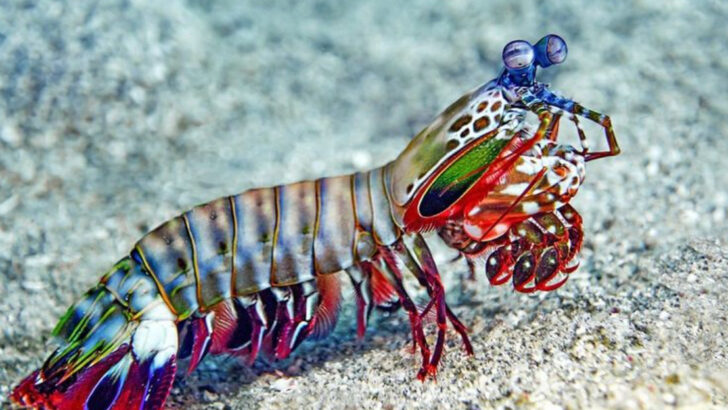The unsung heroes of nature don’t roar, charge, or soar.
They dig. Buzz. Nibble. Hide. And somehow, they hold the world together.
We walk past them every day without a second glance.
Tiny engineers. Invisible cleaners. Underground architects. These animals aren’t flashy, but their impact? Massive.
They keep soil rich, forests growing, rivers flowing.
Some recycle life. Others build homes for hundreds of species. They don’t ask for credit—but without them, ecosystems unravel fast.
Here are 20 species that deserve a standing ovation.
Small, strange, and often ignored—but quietly running the show.
Bristle-thighed Curlew
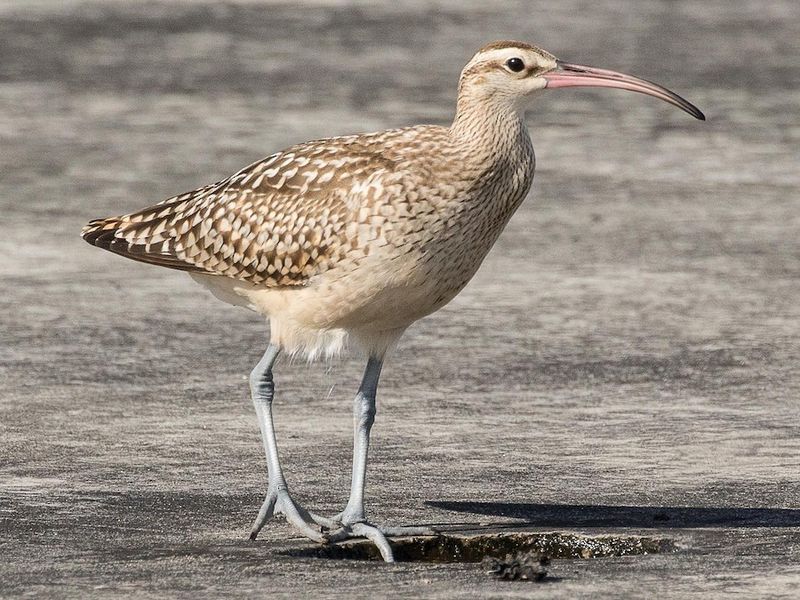
The bristle-thighed curlew is a master of long-distance migration, traveling thousands of miles from its breeding grounds in Alaska to winter in the Pacific Islands. This bird’s journey is a testament to the resilience and navigation skills of avian species.
Its role is crucial as it helps in seed dispersal and maintaining healthy ecosystems in both its summer and winter habitats.
The curlew’s presence is a reminder of the interconnected nature of ecosystems stretching across continents, showcasing the importance of migratory paths.
Aye-Aye
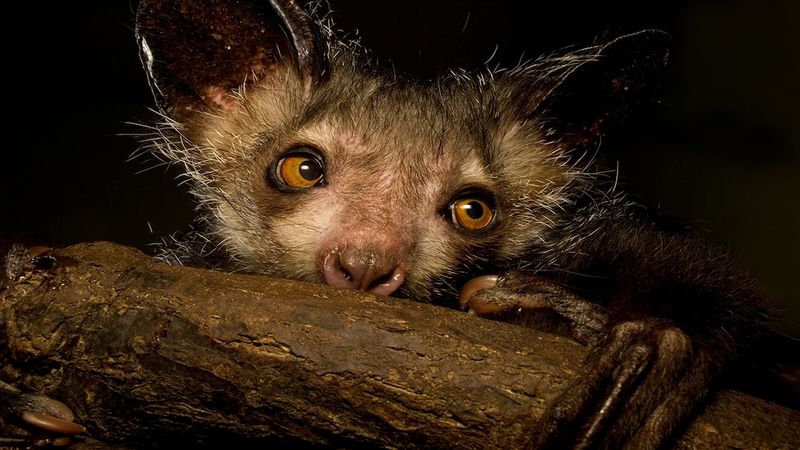
With its eerie appearance, the aye-aye is often misunderstood. Native to Madagascar, this nocturnal primate uses its elongated middle finger to tap on trees and locate insects.
By controlling insect populations, the aye-aye plays a vital role in forest health, preventing outbreaks that could damage trees.
This primate’s unique adaptation highlights nature’s ingenuity and the importance of biodiversity. Despite its unusual looks, the aye-aye is an ecological powerhouse.
Dung Beetle
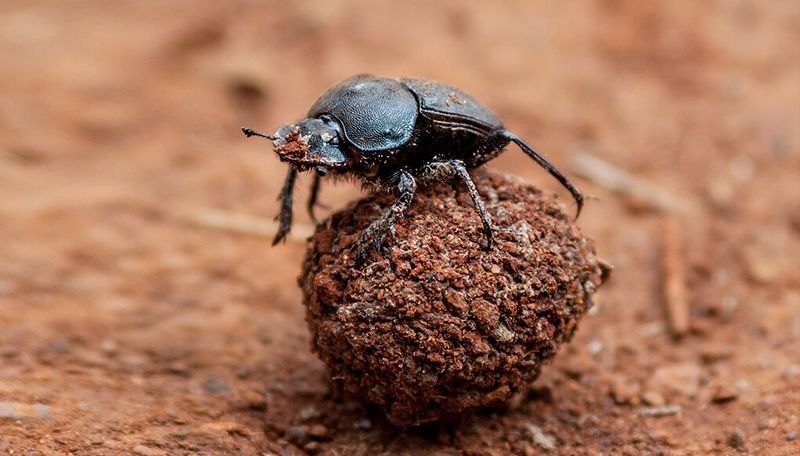
Dung beetles are nature’s recyclers, transforming waste into nutrient-rich soil. By burying dung, they aerate the soil and enhance nutrient cycling, promoting plant growth.
These beetles are essential for maintaining healthy ecosystems, as they help decompose organic matter and reduce parasites.
Their industrious nature and ecological role underscore the hidden contributions of insects to environmental health.
Pistol Shrimp
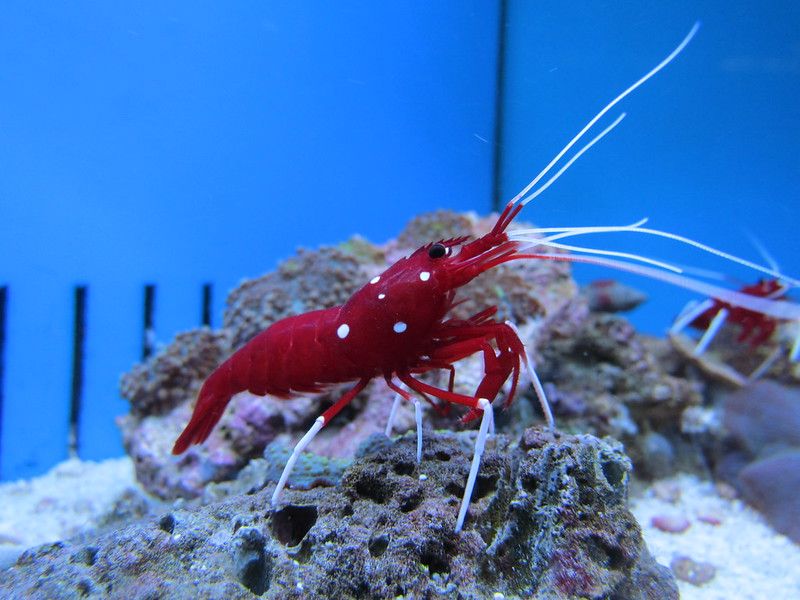
The pistol shrimp is a small marine creature with a big punch—literally. It snaps its claw to create a shockwave that stuns prey.
This shrimp’s actions contribute to maintaining coral reef health by keeping prey populations in check.
Its unique hunting technique is an example of the extraordinary adaptations found in nature, showcasing how even small creatures can have a big impact.
Naked Mole Rat
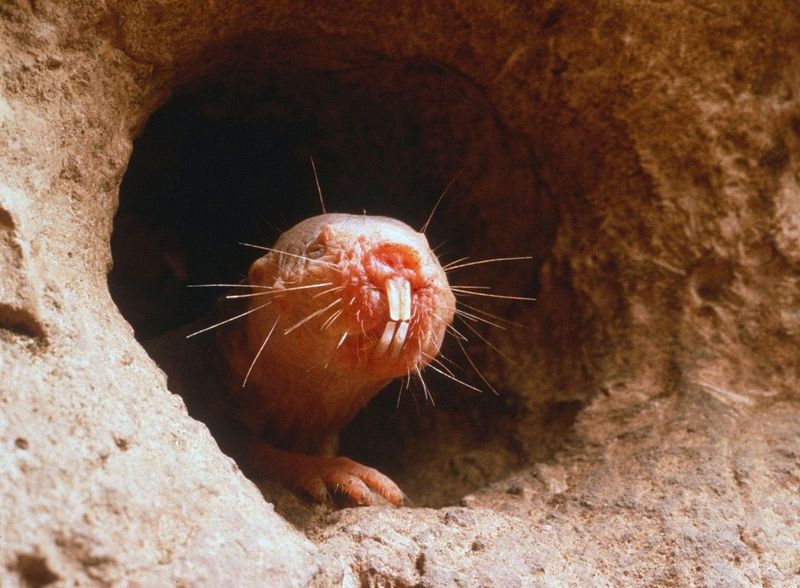
Naked mole rats are fascinating mammals with unique social structures akin to those of bees. Living in colonies with a strict hierarchy, they exhibit cooperative behavior seldom seen in mammals.
Their burrowing activities aerate the soil, improving nutrient distribution and plant growth.
These rodents demonstrate the importance of social cooperation and adaptation in challenging environments.
Fiddler Crab
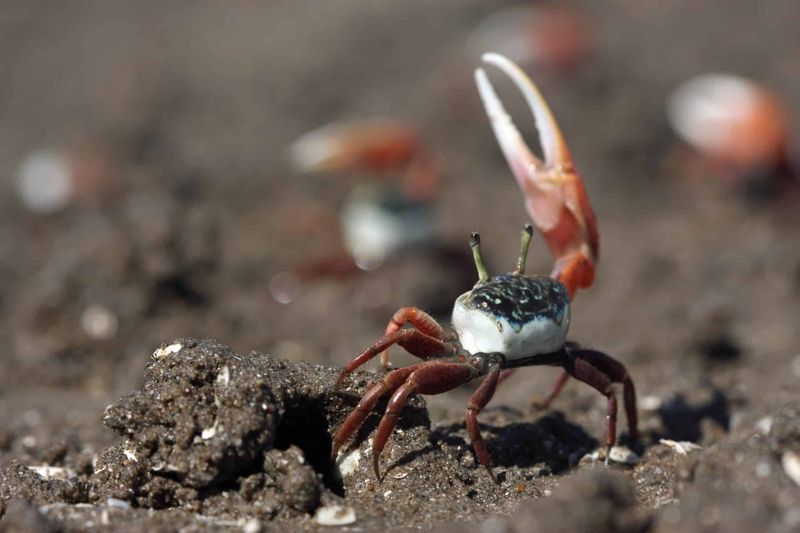
Fiddler crabs, with their asymmetrical claws, are key players in coastal ecosystems. Their burrowing aerates the sand, which enhances nutrient cycling and benefits plant life.
These crabs’ activities help stabilize shorelines and provide habitats for other organisms.
The fiddler crab’s behavior exemplifies how even small creatures contribute to the resilience of coastal environments.
Axolotl
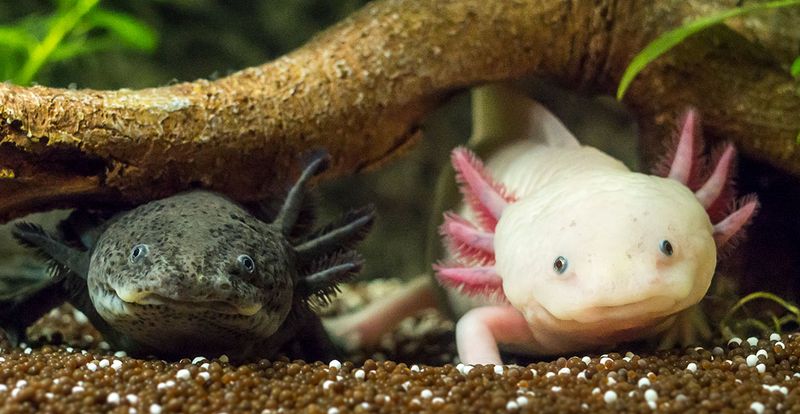
The axolotl, a salamander native to Mexico, is known for its ability to regenerate lost body parts, including limbs and even portions of its brain.
This remarkable trait makes it a subject of scientific interest, with potential implications for regenerative medicine.
As an indicator species, the axolotl’s presence reflects the health of freshwater ecosystems, underscoring the importance of habitat conservation.
Honey Badger
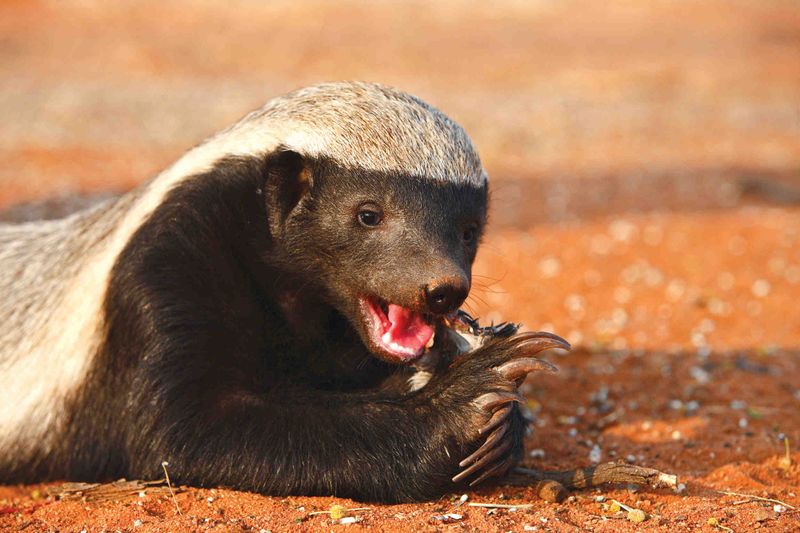
Renowned for its fearlessness, the honey badger is a tenacious predator. Its interactions with venomous snakes like cobras help control snake populations in its habitat.
This species’ reputation as a formidable fighter is matched by its ecological role.
The honey badger’s daring nature highlights the balance of predator-prey dynamics and the importance of each species in the food chain.
Sea Otter
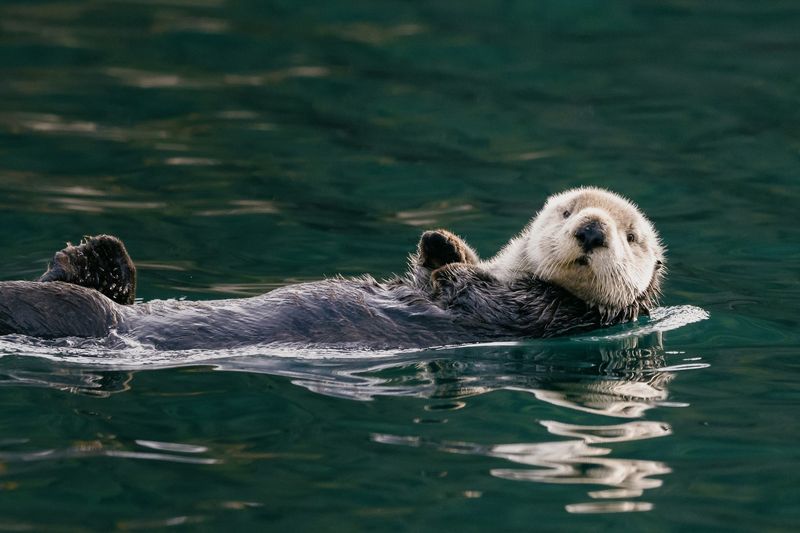
Sea otters are vital to the health of kelp forest ecosystems. By preying on sea urchins, they prevent these herbivores from overgrazing on kelp and maintain the underwater forest’s balance.
Their feeding habits support biodiversity and protect marine habitats.
Sea otters exemplify the interconnectedness of marine species and their habitats, showing the profound impact a single species can have.
Tardigrade
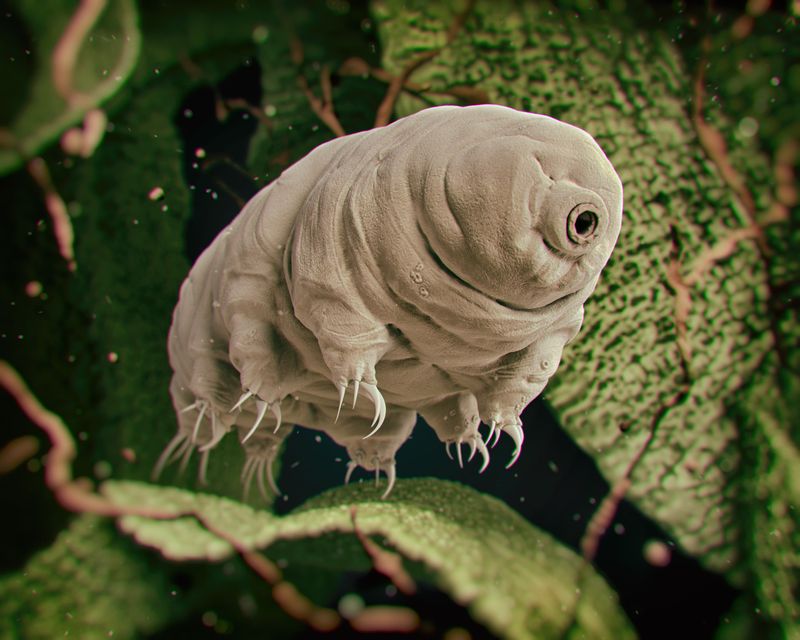
Tardigrades, or water bears, are microscopic creatures known for their resilience to extreme conditions, from the vacuum of space to intense radiation.
These extremophiles are crucial in breaking down detritus, contributing to nutrient cycling in their ecosystems.
Their ability to survive harsh environments makes them intriguing subjects for scientific research on life’s adaptability.
Red Panda
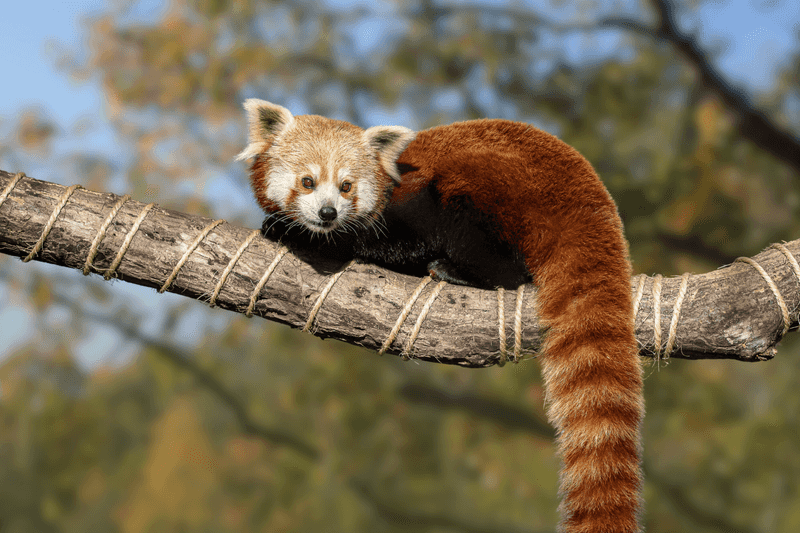
Red pandas, with their striking red fur and bushy tails, are charismatic inhabitants of Himalayan forests. They primarily feed on bamboo, playing a role in maintaining the health of their forest habitats.
Their presence supports biodiversity by providing a balanced ecosystem.
Red pandas are symbols of conservation efforts, highlighting the need to protect vulnerable species and their environments.
Tasmanian Devil
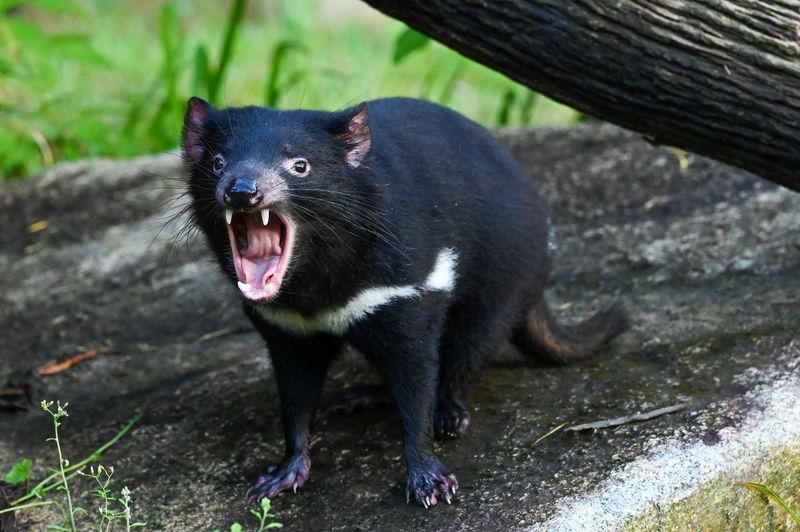
Once misunderstood as aggressive, Tasmanian devils are essential scavengers in their ecosystem. By consuming carcasses, they help prevent the spread of disease and recycle nutrients back into the soil.
Their role as scavengers underscores the importance of decomposers in nature.
The Tasmanian devil’s unique contributions to its environment highlight the intricate links within food webs.
Quokka
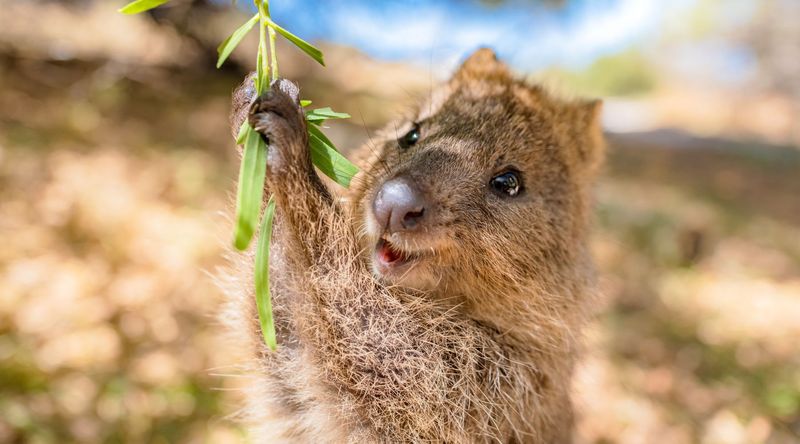
Known for their perpetually ‘smiling’ faces, quokkas are marsupials endemic to Rottnest Island, Australia. They contribute to their ecosystem by dispersing seeds of native plants through their droppings.
This seed dispersal is vital for plant regeneration and maintaining biodiversity.
The quokka’s cheerful demeanor and ecological role make it a beloved ambassador for conservation.
Pangolin
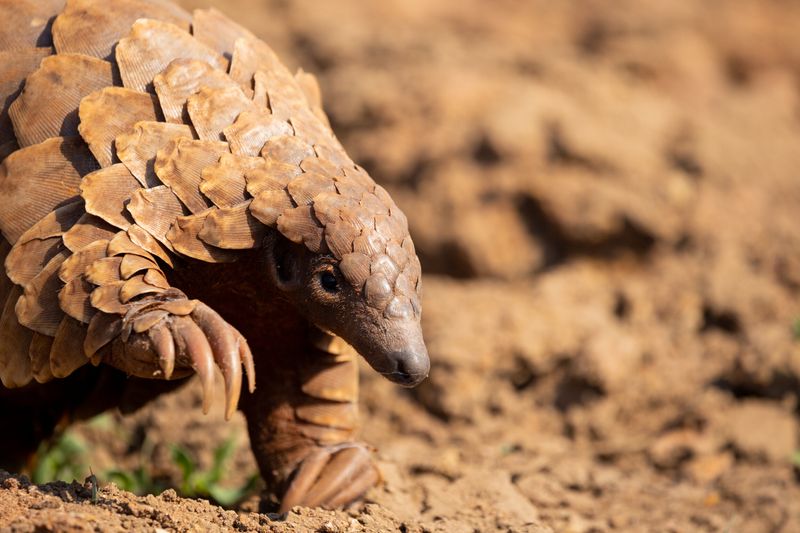
Pangolins are unique mammals covered in protective scales. They consume vast quantities of ants and termites, controlling insect populations that could otherwise harm vegetation.
This dietary habit helps maintain the balance of their ecosystems.
Pangolins face threats from illegal wildlife trade, underscoring the need for conservation efforts to protect these crucial insectivores.
Cassowary
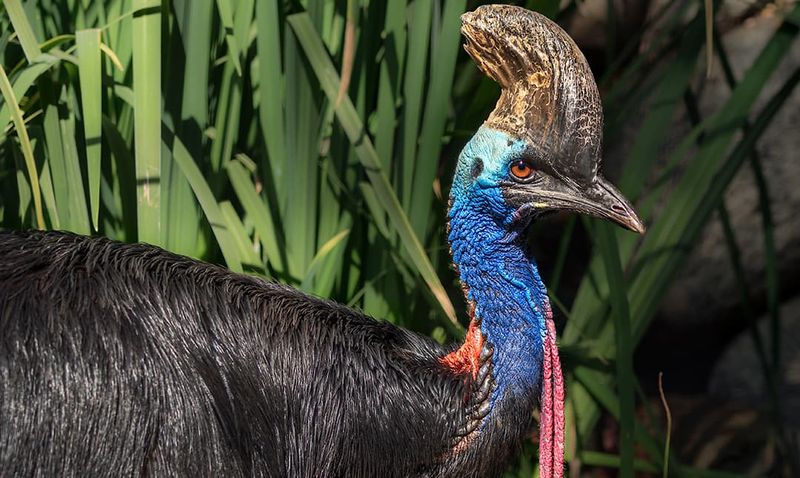
Cassowaries are flightless birds native to the tropical forests of New Guinea and Australia. Their diet includes fruits, and they play an important role in seed dispersal.
By spreading seeds over large areas, cassowaries help regenerate their forest habitats.
These birds are vital for maintaining the diversity and health of tropical ecosystems.
Electric Eel
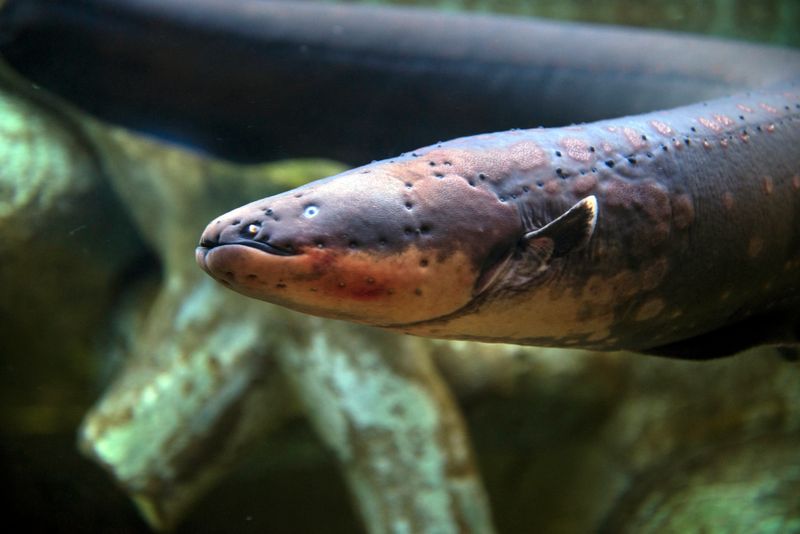
Electric eels, native to South American rivers, are capable of generating powerful electric shocks. This adaptation is used for hunting and self-defense.
Their electrical discharge contributes to maintaining balance in aquatic ecosystems by controlling prey populations.
Electric eels exemplify the extraordinary adaptations in nature, highlighting the complex interactions within freshwater habitats.
Proboscis Monkey
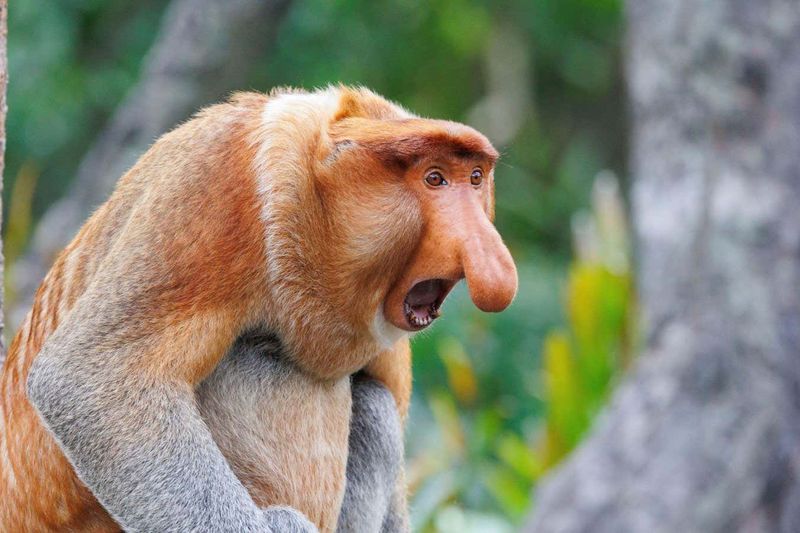
The proboscis monkey, known for its unique nose, is a key species in Bornean mangrove forests. Its diet consists mostly of leaves and fruit, aiding in seed dispersal and forest regeneration.
These primates help maintain the health and diversity of their ecosystems.
The proboscis monkey’s distinctive appearance and ecological role make it a fascinating subject for conservation.
Star-nosed Mole
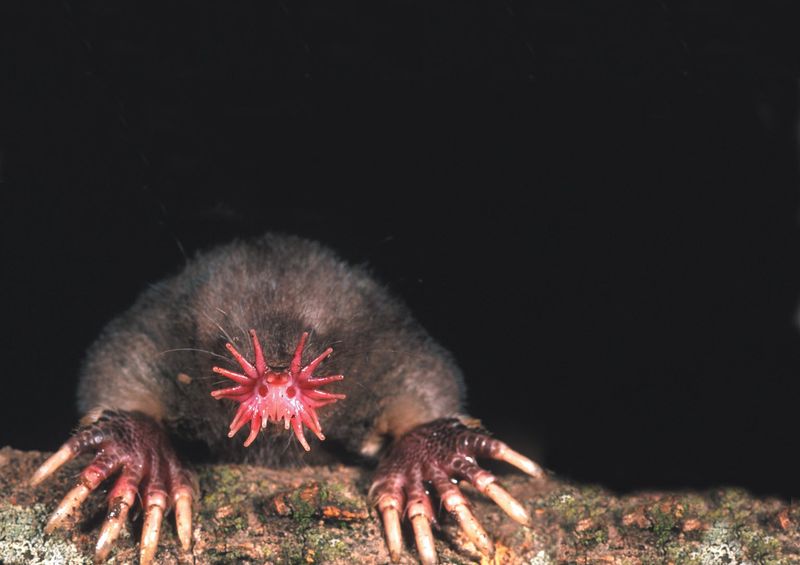
The star-nosed mole is an exceptional burrower, using its star-shaped nose to detect prey in dark, wet environments. Its presence in wetlands contributes to soil aeration and nutrient cycling.
This mole’s unique adaptations highlight the diversity of life in specialized habitats.
Its ecological role underscores the importance of preserving wetland ecosystems.
Okapi
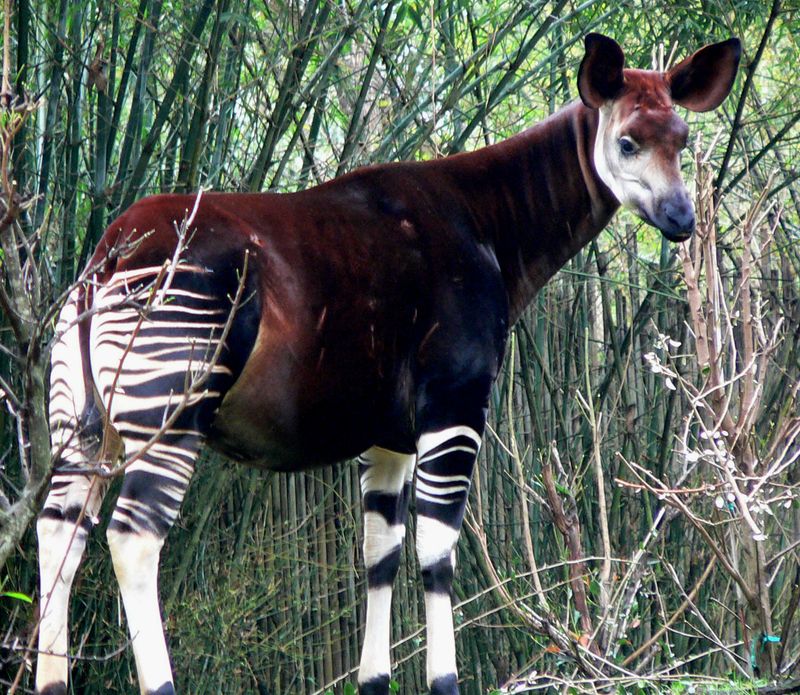
Often called the ‘forest giraffe,’ the okapi is native to the Democratic Republic of Congo. Its selective feeding habits help shape vegetation structure in its rainforest habitat.
By browsing on leaves and branches, okapis promote plant diversity.
The okapi’s elusive nature and ecological contributions highlight the complexity and interdependence of rainforest ecosystems.
Mantis Shrimp
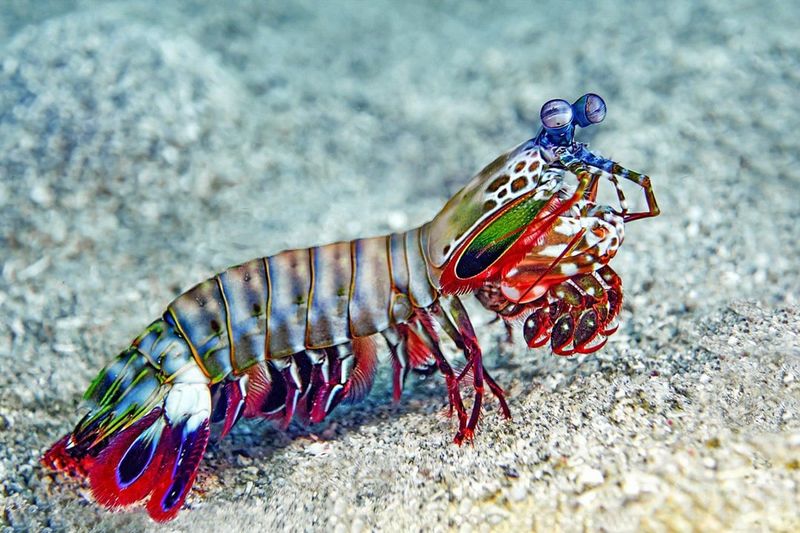
Mantis shrimps are renowned for their powerful claws, used to strike prey with incredible speed and force. Their hunting skills help maintain the balance of marine populations.
These underwater predators are vital for controlling prey species in coral reefs.
Mantis shrimps’ unique abilities and striking appearance make them a captivating subject of marine biology.

